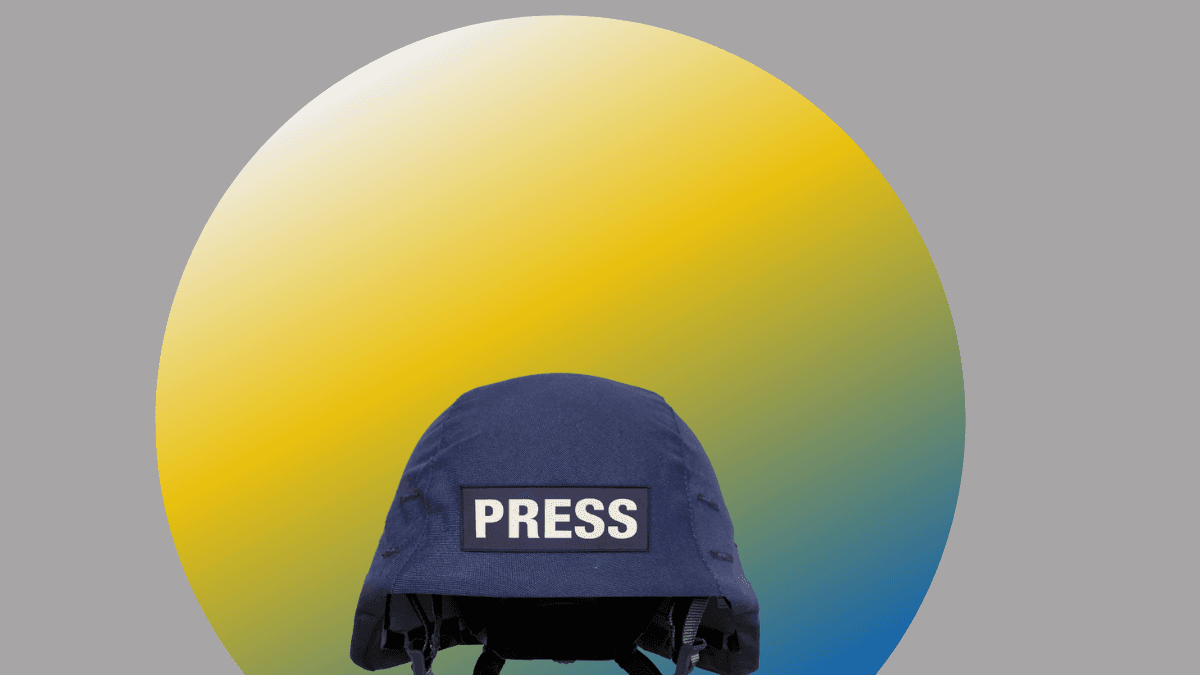
What's your media job: War correspondent
Interview with Ukrainian journalist Nastya Stanko
The Fix Newsletter
Everything you need to know about European media market every week in your inbox
18 articles • 0 Followers

Interview with Ukrainian journalist Nastya Stanko